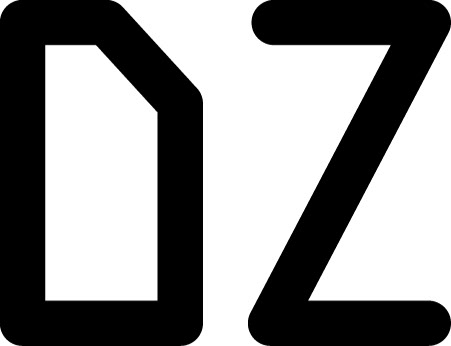Project overview
The product:
Flashmovie is a movie ticket application designed with a focus on delivering instant, swift, and user-friendly ticket booking experiences with extra features.
Project duration:
March - April 2023
Project overview: People often have limited time available to purchase tickets at a physical ticket shop.
The goal: Design an application featuring a user-friendly interface that caters to a diverse range of customers and facilitates swift interactions.
My role: As a designer, my task involves guiding the entire journey of creating the Flashmovie app, from its initial concept to its final state.
Responsibilities: Conducting interviews, paper and digital wireframing, low and high-fidelity prototyping, conducting usability studies (2), accounting for accessibility and iterating on designs.
User resarch: summary
I conducted interviews and created empathy maps to understand the users I’m designing for and their needs. A primary user group identified through research were people that usually work, study and have not much time to buy tickets locally.
This user group confirmed to have only a limited time factor booking tickets. They also want to receive movie recommendations including user feedback and information.
Pain points
Time: Adults have a limited time to spend on booking tickets.
Accessibility: Platforms for booking do not offer many assistive technology functions.
Readability: Menus in applications often contain an excessive amount of text, which can complicate the search for specific items or information.
Starting the design: Paper wireframes
Taking the time to draft iterations of each screen of the app on paper ensured that the elements that made it to digital wireframes would be well-suited to address user pain points.
Digital wireframes + low-fidelity prototype
As the initial design phase continued, I made sure to base screen designs on feedback and findings from the user research. An essential aspect was to design a visually appealing navigation that conveys the available options in a straightforward manner.
Before usability study
After usability study
Usability study findings
I conducted two usability studies. The insights from the first study informed improvements made throughout the design process, enhancing the overall user experience and addressing accessibility issues. The second study, utilizing a high-fidelity prototype, uncovered areas in need of refinement to facilitate smoother navigation and elevate the user experience.
Round 1 findings
1. Fonts too small
2. Increase space between menu items
3. Additional login-options
Round 2 findings
1. Add progress bar to improve experience
2. Fixed button positions
3. Add basket icon for quick order overview and access
Mockups
Following the usability study, I made several design improvements. The back button now remains fixed in the upper-left corner, ensuring a stable position and preventing it from moving while navigating the order process. Additionally, I introduced a progress bar, allowing users to track their progress in the order process. To enhance user awareness, a visible shopping basket has been added in the upper-right corner, displaying the items in the basket along with the quantity of tickets.
High-fidelity prototype
The final high-fidelity prototype presented cleaner user flows, better orientation, fixed button-positions and a progress bar.
Accessibility considerations
1. Enhanced the user experience for individuals with visual impairments by increasing font size and creating more spacing between menu items.
2. A progress bar assists users in tracking their order's status, enhancing their satisfaction.
3. Ensuring a substantial contrast between the foreground and background to optimize the readability ratio.
Takeaways
Impact: In today's fast-paced society, where time is a precious commodity, people aim to savor life and minimize the time spent on preparations. This is where the app can lend a helping hand, particularly in the context of ticket bookings.
What I learned: I discovered that conducting a usability study is pivotal for significant improvement. The number of iterations may vary, and user feedback plays an essential role in the field of UX design.
Next steps
1. Conducting app testing to gather user data in preparation for a third round of usability studies.
2. Enhancing the user experience through improvements in loading performance and the expansion of the nearby cinemas database.
3. Introducing additional features to enhance accessibility. These considerations include the implementation of dark and light modes for the interface, font size adjustments, screen reader compatibility, and enabling booking via audio.
